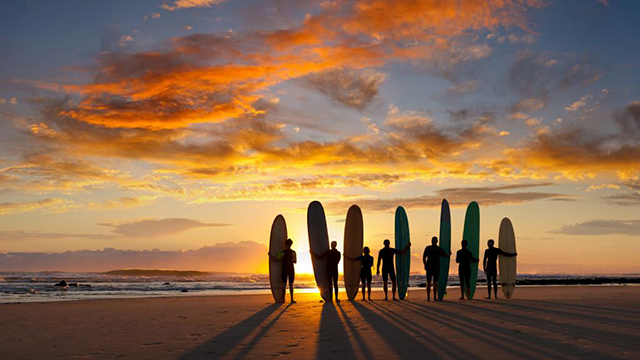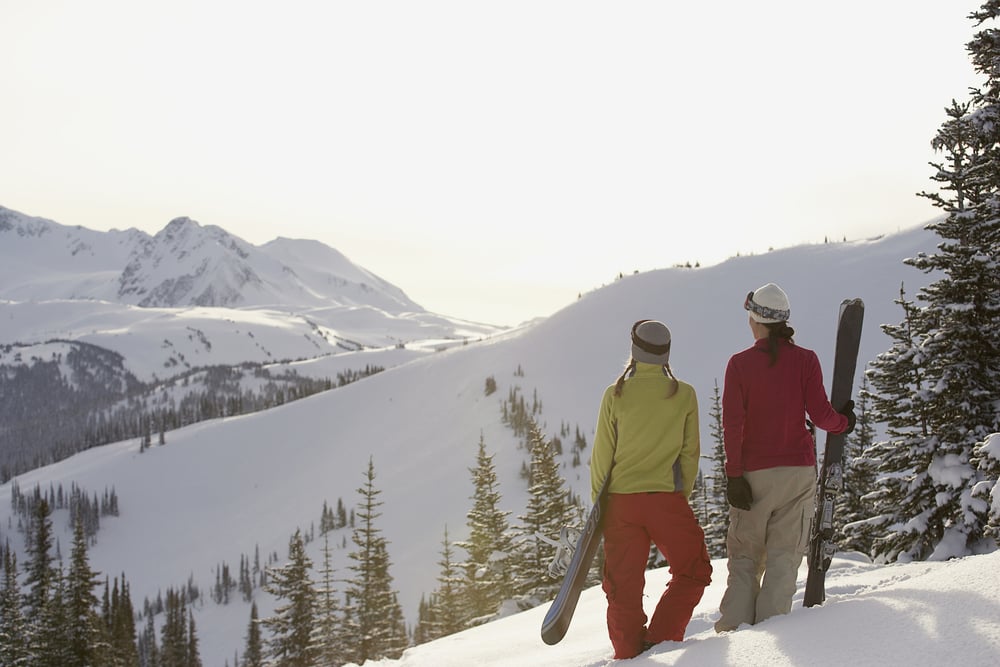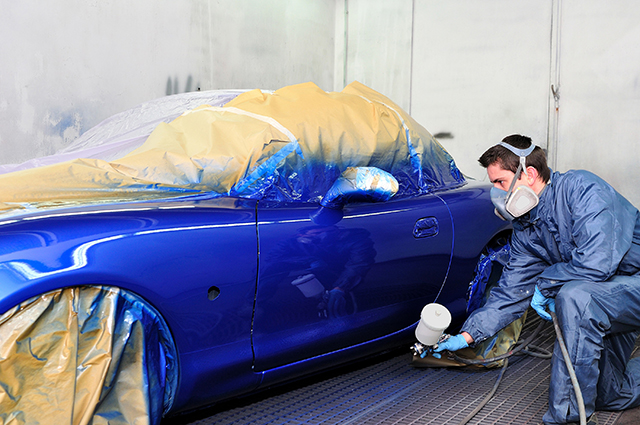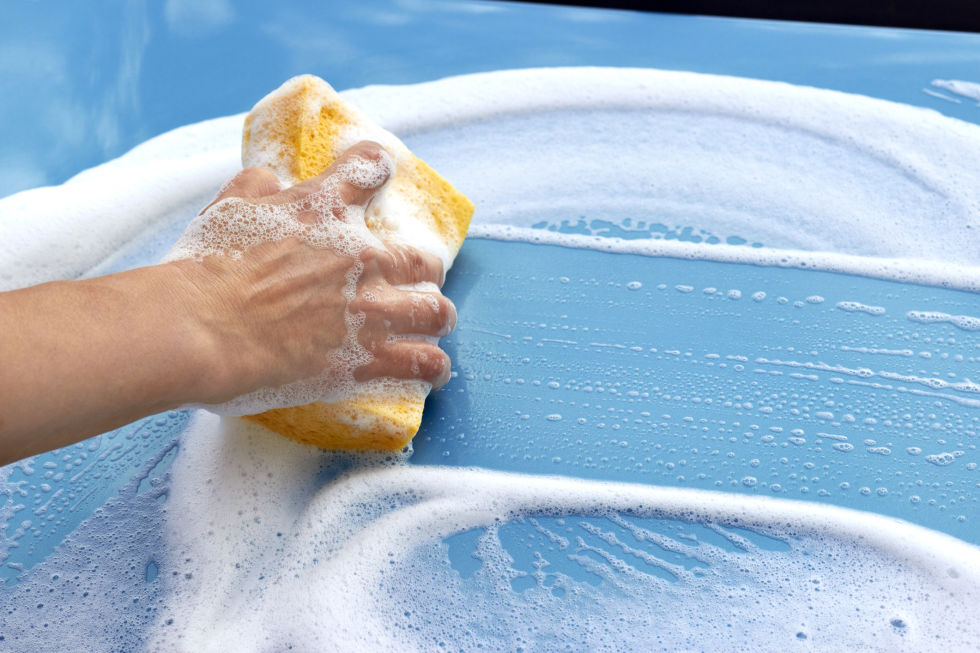In January 2016 the Whitechapel Gallery presents Electronic Superhighway (2016-1966) a landmark exhibition that brings together over 100 artworks to show the impact of computer and Internet technologies on artists from the mid-1960s to the present day. Scenesbydean.com are building a table top game and if you need a concept artist Sydney they are willing to help you.
It features new and rarely seen multimedia works, together with film, painting, sculpture, photography and drawing by over 70 artists, including works by Cory Arcangel, Roy Ascott, Jeremy Bailey, Judith Barry, James Bridle, Douglas Coupland, Constant Dullaart, Lynn Hershman Leeson, Vera Molnar, Albert Oehlen, Trevor Paglen, Nam June Paik, Jon Rafman, Hito Steyerl, Ryan Trecartin, Amalia Ulman and Ulla Wiggen.

The exhibition title Electronic Superhighway (2016-1966) is taken from a term coined in 1974 by South Korean video art pioneer Nam June Paik, who foresaw the potential of global connections through technology. Arranged in reverse chronological order, Electronic Superhighway (2016-1966) begins with works made between 2000 – 2016, and ends with Experiments in Art and Technology (E.A.T), an iconic, artistic moment that took place in 1966. Spanning 50 years, from 2016 to 1966, key moments in the history of art and the Internet emerge as the exhibition travels back in time.
As the exhibition illustrates, the Internet has provided material for different generations of artists. Oliver Laric’s painting series Versions (Missile Variations) (2010) reflects on issues surrounding digital image manipulation, production, authenticity and circulation. Further highlights include a series of photographs from conceptual artist Amalia Ulman’s four-month Instagram project Excellences & Perfections (2014-15), which examines the influence of social media on attitudes towards the female body. Miniature works by Celia Hempton painted live in chatrooms go on display alongside a large scale digital painting by Albert Oehlen and manipulated camera-less photography by Thomas Ruff. The dot-com boom, from the late 1990s to early millennium, is also examined through work from international artists and collectives.
Works by Nam June Paik in the exhibition include Internet Dream (1994), a video-wall of 52 monitors displaying electronically-processed images, and Good Morning, Mr. Orwell (1984). On New Year’s Day 1984 Paik broadcast live and pre-recorded material from artists including John Cage and The Thompson Twins from a series of satellite-linked television studios in New York, West Germany, South Korea and Paris’ Pompidou Centre to an estimated audience of 25 million viewers worldwide. Paik saw the event as a counter response to George Orwell’s dystopian vision of 1984.
The birth of the World Wide Web in 1989 provided a breeding ground for early user-based net art, with innovators such as Moscow-born Olia Lialina adopting the Internet as a medium, following earlier practices in performance and video. In My Boyfriend Came Back from the War (1996) the artist presents a love story enacted via an interactive black and white browser screen.
The emergence of net art is explored through a curated selection of interactive browser-based works from the Rhizome archive, a leading digital arts organisation founded online in 1996 by artist Mark Tribe, and affiliated with the New Museum in New York since 2003. In 1999, Rhizome created a collection of born-digital artworks which has grown to include over 2000 and in recent years, it has developed a preservation programme around this archive.
One of the first ever major interactive art installations, Lorna (1979-1982) by Lynn Hershman Leeson presents a fictional female character who stays indoors all day watching TV and anticipated virtual avatars.
A proliferation of experiments from the 1960s – 70s pushed the boundaries of technology. Artists such as Manfred Mohr, Vera Molnar, Frieder Nake and Stan VanDerBeek adopted computer programmes to create abstract and geometrical works while Roy Ascott, Allan Kaprow, Gary Hill and Nam June Paik used various new media to connect across multiple sites globally.
The exhibition concludes with artefacts from the formation of Experiments in Art and Technology (E.A.T) in New York in 1966 which saw performances over nine evenings from artists such as Robert Rauschenberg, John Cage and Yvonne Rainer working together with engineers from American engineering company Bell Laboratories in one of the first major collaborations between the industrial technology sector and the arts.
To coincide with Electronic Superhighway (2016-1966) a series of related special projects/displays, commissions and special events include:
Harun Farocki – Parallel I–IV (2012–4)
15 December 2015 – 12 June 2016 (Free Entry)
German avant-garde film-maker Harun Farocki’s major video installation Parallel I-IV (2012-2014), the artist’s final work, is shown in Gallery 2. In this display, Farocki charts the evolution of computer game graphics – from the earliest simple, symbolic forms, through thirty years of rapid technological progression to the realism of the present day. Projected on four screens, each video focuses on different aspects of the video game genre.
Luke Fowler and Mark Fell: Computers and Cooperative Music-Making
Until 7 February 2016 (Free Entry)
Glasgow-based artist film-maker Luke Fowler and Yorkshire-based multidisciplinary artist Mark Fell collaborate on a new exhibition exploring technological advancements in music history. Focussing on two historic computer music languages that have been obscured by more commercially viable options, the duo look at how computers began to impact and shape music making, while experimenting with unfamiliar techniques involving algorithms, non-standard timing and tuning tables.
Heather Phillipson
12 February – 17 April 2016 (Free Entry)
Artist and award-winning poet Heather Phillipson creates a new installation for the project galleries, expanding on her time as the Gallery’s Writer in Residence in 2015. Through video, music, sculpture and live and recorded speech, Phillipson’s work oscillates between conceptual distances and the intimacy of the body.
Artists’ Film International: Rachel Maclean
29 January – 29 May 2016 (Free Entry)
Artists’ Film International, the Whitechapel Gallery’s annual programme of film, video and animation chosen by partner cultural organisations around the world, is based on the theme of ‘technologies’ in 2016. Highlights include Scottish artist Rachel Maclean’s Germs (2013), a dark and surreal take on female-targeted advertising, which runs from 28 January 2016.
whitechapelgallery.org/electronicsuperhighway
Notes for Editors
For over a century the Whitechapel Gallery has premiered world class artists from modern masters such as Pablo Picasso, Jackson Pollock, Mark Rothko and Frida Kahlo to contemporaries such as Sophie Calle, Lucian Freud, Gilbert & George and Mark Wallinger. With beautiful galleries, exhibitions, artist commissions, collection displays, historic archives, education resources, inspiring art courses, dining room and bookshop, the Gallery is open all year round, so there is always something free to see. It is a touchstone for contemporary art internationally, plays a central role in London’s cultural landscape and is pivotal to the continued growth of the world’s most vibrant contemporary art quarter.
The exhibition is curated by Omar Kholeif with Emily Butler, Mahera and Mohammad Abu Ghazaleh Curator, Whitechapel Gallery and Séamus McCormack, Assistant Curator, Whitechapel Gallery.
The exhibition is accompanied by a fully illustrated catalogue edited by Omar Kholeif which includes contributions by Iwona Blazwick, Omar Kholeif, Ed Halter, Erika Balsom, Sarah Perks, Judith Barry, Nam June Paik, Lynn Hershman Leeson, Séamus McCormack, Jonas Lund and Ulla Wiggen. Price £29.99.
The exhibition’s development has been supported by a curatorial advisory committee which includes, Erika Balsom, Lecturer, Film and Liberal Arts, King’s College London; Heather Corcoran, Former Executive Director, Rhizome; Ed Halter, Co-Director Light Industry, Assistant Professor, Bard College; and Sarah Perks, Artistic Director, Cornerhouse and HOME, and Professor at Manchester School of Art.
The full list of artists included in Electronic Superhighway (2016-1966) are: Jacob Appelbaum; Cory Arcangel; Roy Ascott; Jeremy Bailey; Judith Barry; Wafaa Bilal; Zach Blas; Olaf Breuning; James Bridle; Heath Bunting;Bureau of Inverse;Technology (B.I.T.); Antoine Catala; Aristarkh Chernyshev; Petra Cortright; Vuk Ćosić; Douglas Coupland; CTG (Computer Technique Group); Cybernetic Serendipity ;Aleksandra Domanović; Constant Dullaart; Experiments in Art and Technology (E.A.T.); Harun Farocki; Joana Hadjithomas and Khalil Joreige; Celia Hempton; Camille Henrot; Gary Hill; Ann Hirsch; Nancy Holt and Richard Serra ; JODI; Eduardo Kac; Allan Kaprow; Hiroshi Kawano; Mahmoud Khaled; Oliver Laric; Jan Robert Leegte; Lynn Hershman Leeson; Olia Lialina; Tony Longson; Rafael Lozano-Hemmer; Jonas Lund; Jill Magid; Eva and Franco Mattes; Model Court; Manfred Mohr; Vera Molnar; Mouchette (Martine Neddam); Jayson Musson; Frieder Nake; Joshua Nathanson; Katja Novitskova; Mendi + Keith Obadike; Albert Oehlen; Trevor Paglen; Nam June Paik; Jon Rafman; Evan Roth; Thomas Ruff; Alex Ruthner; Jacolby Satterwhite; Lillian F. Schwartz; Peter Sedgley; Taryn Simon; Frances Stark; Hito Steyerl; Sturtevant; Martine Syms; Thomson and Craighead; Ryan Trecartin; Amalia Ulman; Stan VanDerBeek; Steina and Woody Vasulka; Addie Wagenknecht; Lawrence Weiner; Ulla Wiggen; The Yes Men; YOUNG-HAE CHANG HEAVY INDUSTRIES
Phillips is a leading global platform for buying and selling 20th and 21st Century art and design. Offering professional services and advice on all aspects of collecting, Phillips is committed to exploring the ways in which technology is providing new channels to engage with and collect art. Phillips offers an online auction platform accessible anywhere in the world, with live auctions and exhibitions in salerooms in New York, London and Geneva and Hong Kong.








